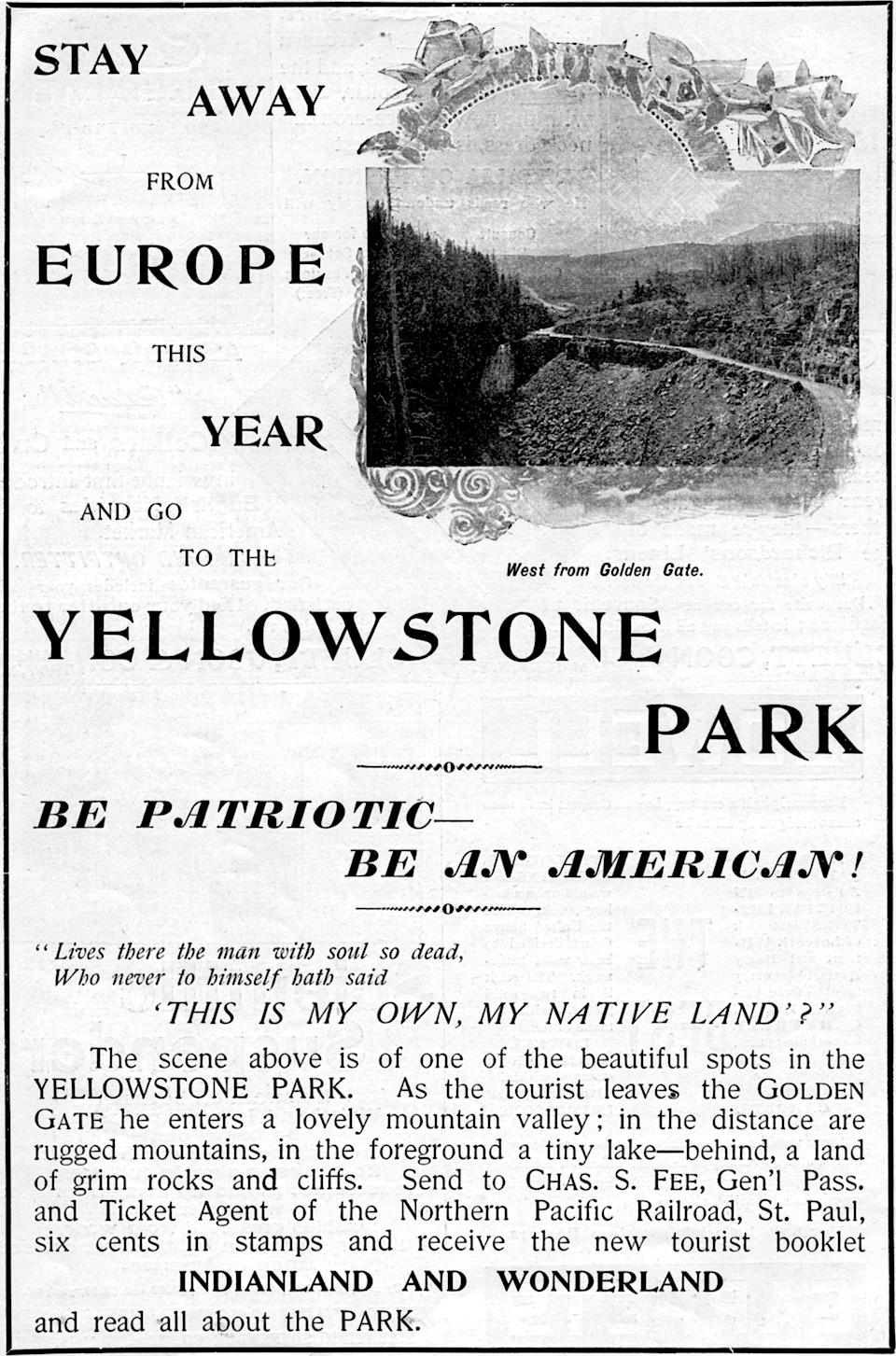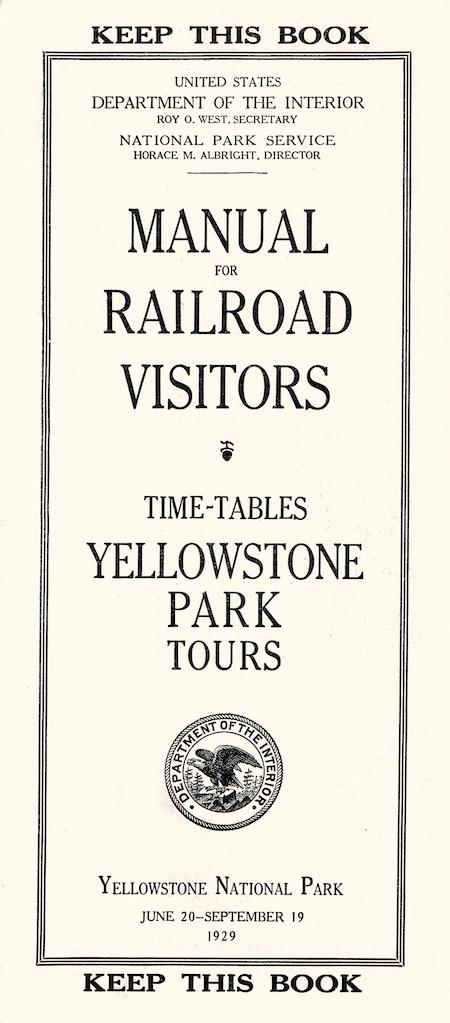
Rail advocates continue reminding the White House of the linkage between trains and Trump Country
What started as a campaign to save the long-distance passenger train has suddenly gotten personal. Just weeks ago, President Trump threw down the gauntlet, insisting he would veto any appropriations bill containing them.
Western rail advocates answered with a video. Now in a second video, they seem ready for a brawl. In it, they argue that the president will only support Amtrak's Northeast corridor, while abandoning the long-distance routes that stretch across the country, touching some national parks along the way.
Of the West’s five long-distance trains, only the Coast Starlight (Los Angeles/Seattle) runs totally within states that voted for Hillary Clinton. The four others cross principally red states that voted for Donald Trump.
“It’s not that the president doesn’t care,” insists Tony Trifiletti, who heads the Western Interstate Trains Coalition. “It’s rather that he’s being poorly advised. His staff knows airlines, not trains, and that limited to dumping service. It’s little wonder they plan the same for Amtrak. Dump the smaller cities and increase your revenue.”

But that will never happen, Trifiletti insists.
“The Northeast corridor, for all of its major cities, is still basically a short-haul operation. The trains don’t go far enough to offset enormous fixed costs.”
To be sure, a July 6 article in The Wall Street Journal puts the cost of updating the corridor “to a state of good repair” at $42 billion.
“Imagine if just a fraction of that were invested in the West—including the national parks,” Trifiletti dreams. “We could have three trains a day on every long-distance route—even new routes—and finally restore the North Coast Limited.”
He means the train made famous for opening Yellowstone—inspiring all of the Western railroads to follow suit. By 1916 and the establishment of the National Park Service, Yellowstone in fact had four daily trains. Glacier, Grand Canyon, and Yosemite averaged two each.
“And that for a country with just 110 million people,” Trifiletti adds. “We have triple that number today. And don’t forget foreign visitors. In Europe, they give us beautiful trains to ride. In America, we shove everyone onto buses that spend barely an hour or two in the parks.”
The environmental cost gives Trifiletti pause.
“I believe Edward Abbey called it Industrial Tourism,” he recalls. “When a light-rail system was proposed for Grand Canyon, the Park Service cut it off at the knees. Now look at South Rim. It’s nothing but a parade of buses from Phoenix and Las Vegas, upwards of 200 a day, I’m told.”
Will Trump Country save the passenger train?
“The irony is certainly palpable,” Trifiletti concludes. “Why scuttle the trains where you got your votes?”



Comments
There a way to make (Amtrak ) it .the highways are max out, with car,trucks, the SantaFe had a flat car with conx container, have a hub in Chicago, start in NYC, and Washington with conxs, Mark to a city on the west coast, or western citys,and put them on the west bound train, this would get trucks off, and save time,money,handling,and faster service,
Following years of his hateful attacks based on personal appearance, gender, and whatever comes to his mind, rancor of the worst sort, when folks respond in a similar spirit all of a sudden THEY are making it personal?
"Lock her up" --- "Pochahontas---" "they don't send us their best...". ad infinitum, ad nauseum.
Charlie: Are you talking about something like the "Auto Trains" that used to run from the Northeast to Florida: passenger trains with drive-on drive-off car carriers on the rear of the train? Amtrak still runs that from the DC area to Florida. Or are you talking about the majority of freight rail (at least in the west) of double-stack containers on 5x well cars, perhaps with some containers modified for passengers? In california, the vast majority of containers move by rail, not truck. Not because we're so green, more because the majority originate at container ports Long Beach/San Pedro and Oakland, and load directly onto well cars, avoiding huge traffic problems leaving the ports.
To bring this back to parks, NPS has trained volunteers staff some Amtrak trains as Trails & Rails Guides. These are not just on the long-distance routes you might guess, but also routes like the Pacific Surfliner: https://www.nps.gov/subjects/amtraktrailsandrails/trains.htm I believe that the current program has volunteers on teh trains for only a 1 day section of the route, not the full trip across the country.
You're right, Tomp2. NPS-trained volunteers do just portions of the long-distance routes. However, that's being cut back, too, On the Empire Builder, for example, Seattle-originating interpreters no longer go all the way to Glacier National Park, and return. They turn around in Wenatchee. Again, and to be blunt, Amtrak has it in for the long-distance trains. Note here, for example, that the video has been pulled. No, the pressure did not come from the White House, but yes, Amtrak has its friends. They keep hoping the railroad wants to do the "right" thing; they insist that critics remain polite. Well, that and three dollars might get you a cup of coffee, but it won't save the long-distance trains.